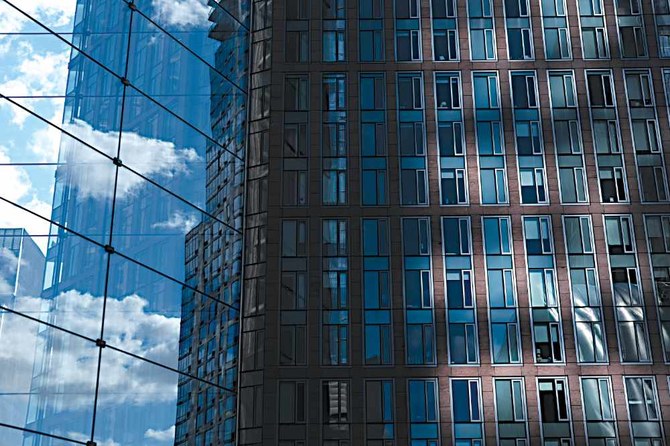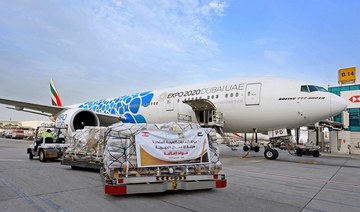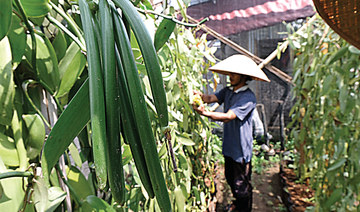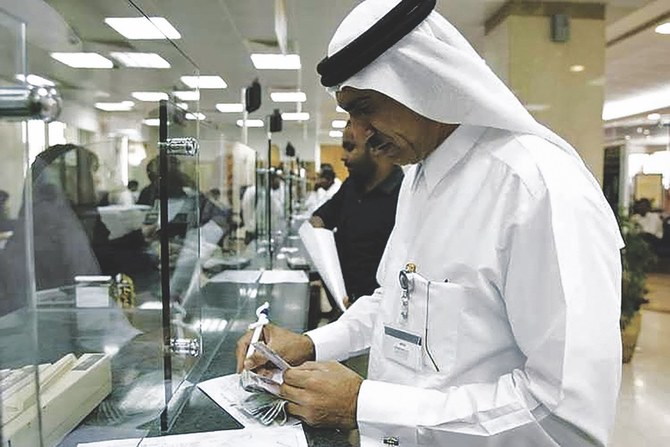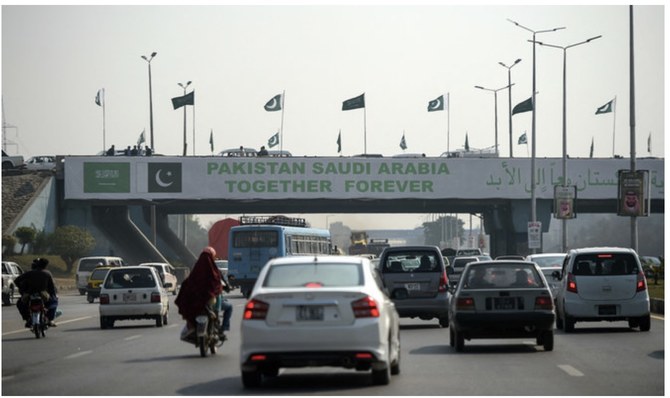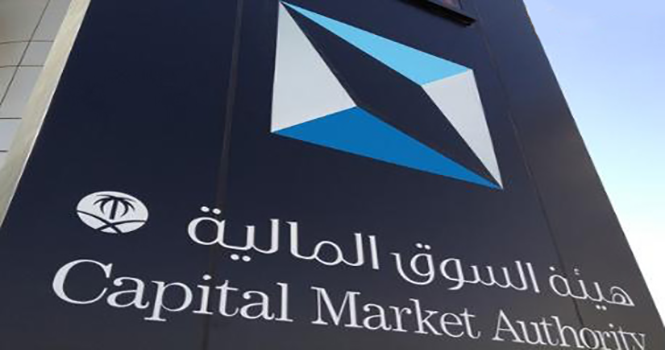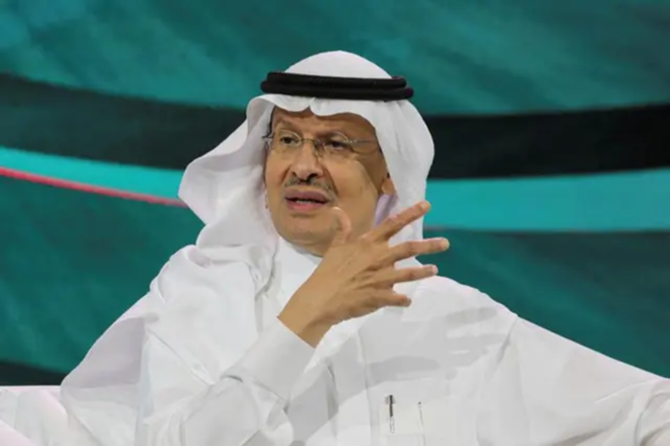NEW YORK: A renter most of his adult life, Clarence Swann became fearful that landlords would use the coronavirus pandemic as an excuse to gouge their tenants. So, with a desire to move near family, the retired veteran bought his first home last month at the age of 74.
Swann said he used his veteran status to get the loan he needed to buy a $196,000 townhouse this summer in the Lake Wylie, South Carolina area.
“The first need at my age was I wanted stability,” he said.
Swann is one of tens of thousands of buyers who entered the housing market this spring and summer even as the coronavirus upended the US economy. The presence of these buyers, plus a sharp drop in the numbers of homes on the market, drove home prices to record highs in most parts of the United States, according to an analysis of housing price data by the Associated Press and Core Logic.
The average home price in the US in May rose 4.2 percent compared to a year ago. The data shows that prices for cheaper homes — those found in the lower third of prices in metropolitan areas and a typical target for first-time buyers — grew faster than the rest of the market, rising 6.7 percent from a year ago.
The coronavirus pandemic helped to shape the housing market by influencing everything from the direction of mortgage rates to the inventory of homes on the market to the types of homes in demand and the desired locations.

Lafayette is a cheaper alternative to San Francisco. (Shutterstock)
The pandemic pushed the US economy into a deep recession as many businesses shut down, which in turn forced the hand of the Federal Reserve to dramatically lower interest rates. The average mortgage rate fell from around 3.75 percent at the beginning of the year to under 3 percent in a matter of weeks after the pandemic struck the US.
That sudden drop in mortgage rates was an instant boon to home affordability, economists said, allowing many buyers to afford much more expensive homes while keeping the same monthly payments.
“A 0.75 percentage point drop may not seem like a lot, but it’s like handing $40,000 to a buyer of a $475,000 home, who is able to get more house for the same monthly payment,” said Taylor Marr, senior economist at Redfin.
The pandemic also caused sellers to delay putting their homes on the market. Sellers, who are typically older than buyers, were either concerned about the economy, worried about their jobs, generally reluctant to have strangers enter their homes, or some combination of all three. The supply of homes available for sale in May dropped nearly 30 percent from a year earlier.
The lack of foreclosed properties for sale was also a minor factor, as states and the federal government-imposed moratoriums on evictions and foreclosures.
“Supply and demand is all out of whack. I have less than a month’s supply of homes in my area,” said Jay Rinehart, a real estate agent in the Charlotte metropolitan area in North Carolina.
Like nearly every other industry, real estate came to a halt in March when the country’s governors put stay-at-home orders in place. But once those orders were lifted, buyers who were intent on buying in 2020 before the pandemic came back in the market, realtors said.
The boost in home affordability likely played a part in driving up prices for starter homes, or those priced in the lower third of the market.
In Washington, DC, real estate agent Sandy Shimono said most of the activity in the past three months has been for homes between $400,000 and $650,000, which in the expensive DC metro area are considered starter homes.
“Many are tired of renting, and finally home affordability seems to be a reachable goal,” Shimono said.
It’s too early to tell whether an exodus from cities to the suburbs will be long-lasting. Many employers have told employees to expect to work remotely until early 2021, with some companies now talking about at least some work being done remotely indefinitely.
The pandemic has also temporarily changed the type of homes in demand. Families are looking for homes with more rooms, especially if children may be doing remote learning for the foreseeable future.
Darin LaFramboise, 35, and his fiance had plans to eventually move from the middle of San Francisco to the suburbs when they had a family. But the pandemic forced both of them to work remotely and schedule their Zoom meetings around each other so they weren’t talking over each other. They hastened their search for a house.
“We loved being in the city center, but once interest rates dropped as they did, we started seriously looking,” he said.
The couple came up empty at first — even losing out on a property where their bid was $200,000 above offer — but eventually found a three-bedroom home in Lafayette, California, on a half acre of land 55 minutes from San Francisco’s city center by train, for $1.65 million.
“The downtown (of Lafayette) reminds us a lot of where we lived in SF, and we have access to markets and restaurants just like we used to,” he said. “Plus, we have space!”
There are some threats to the housing market’s resilience, however.
FASTFACT
4.2 %
The rise in the average home price in the US in May compared to a year ago.
Home prices have been rising while the nation is in the grips of a deep recession. Many protections put into place in the early days of the pandemic are now coming to an end — evictions are starting back up, and foreclosures are likely to follow. Enhanced unemployment benefits have also expired, with unemployed workers left to hope Congress can reach an agreement to extend them.
An analysis of mortgage data shows that roughly 7.5 percent of all active mortgages remain in some sort of forbearance program, according to financial data aggregator Black Knight. Roughly
2.2 million 3-month forbearance programs will expire in September.
With less protection, and the certainty of the pandemic lasting the rest of the year, potentially thousands of homeowners could fall behind on payments and have their homes foreclosed upon. A sudden rush of supply could dampen home prices in the second half the year.
Further, those looking to buy recently have largely been first-time home buyers, who often have lower incomes and are more susceptible to changes in economic fortunes than the rich.
“I do think there’s significant risk ahead, particularly impacting those buyers in the lower tiers of the housing market, but probably more notably, renters,” Redfin’s Marr said.




